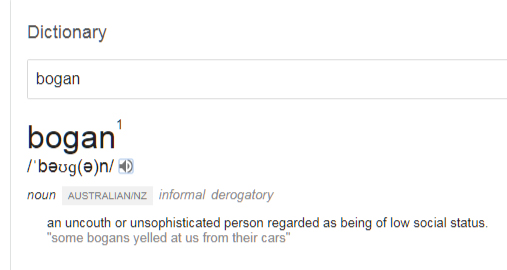History has an unforgiving sense of irony. Sometimes it gifts us with poetic justice so sharp it could slice through the thickest political armour.
Take for instance Raila Odinga's premature ejaculation at the African Union Commission. Erstwhile, Baba had inexplicably struck a deal with a beleaguered William Ruto, a man clearly on his way out, who had in fact secured safe passage for his family to America, and was preparing to make his final stand as irate youths effortlessly swept through Parliament. Their next destination was State House. But this was not to be as Raila Odinga came swooping to save the day and Ruto's star-crossed regime, a move built on the backs of outrightly murdered and state-abducted youths. And they have not forgotten.
Kenya’s Generation Z, the very children once brutalised by tear gas under the order of one William Ruto, have come of age—not as silent victims this time, but as defiant revolutionaries. This is the same cohort born in the firestorm of Kenya’s post-election violence (PEV) of 2007–2008, orchestrated by none other than Ruto himself—a man who once stood in the dock at the International Criminal Court (ICC) for crimes against humanity...until all the witnesses disappeared mysteriously, leading to the unprecedented collapse of the case against him.
The imagery writes itself. These are the children who, in 2015, cried beneath clouds of tear gas as riot police were unleashed to defend a land-grab orchestrated by those in power. Lang’ata Primary School’s playground became the scene of one of the most grotesque displays of state violence against children—kids as young as six suffocated and collapsed under the choking haze of Ruto’s ambitions. Fast forward a decade, and these children, now politically conscious adults, have become the architects of a defiant youth revolution. In an extraordinary twist of fate, they are now standing toe-to-toe with the man who once trampled on their playground and their future.
But Kenya is not alone in this pattern of generational reckoning. Consider Romania’s Nicolae Ceaușescu, the brutal dictator who ruled with an iron fist for decades. His regime was marked by repression, shortages, and paranoia, leaving a generation of children scarred. In 1966, just one year into his rule, he instituted a blanket abortion ban.
Yet, it was the very generation born in the shadow of his dictatorship that rose up to lead the revolution that finally deposed him in 1989. The iron curtain came crashing down at the hands of those who grew up knowing nothing but hunger and hopelessness, their rebellion a direct response to their lived trauma.
Across the Atlantic, there’s another curious parallel. In the mid-1990s, American economists noticed a sharp and unexpected drop in crime. The usual suspects—policing strategies, economic booms, etc.—didn’t fully explain it. Enter the children not born after Roe v. Wade.
These were the would-be delinquents who never came into existence after the landmark ruling legalised abortion in 1973. With fewer unwanted births, the social conditions that often lead to criminal behaviour were drastically reduced. Society reaped the benefits of fewer troubled youths, and a generation that might have been steeped in crime simply wasn’t there to fuel the chaos.
But Kenya’s story is grittier, rawer, and infinitely more personal. It’s not about absent generations—it’s about present ones, battered and bruised by history, reclaiming their power. This Gen Z cohort has lived through more political betrayals and state-sponsored violence than most would encounter in a lifetime. They were born in blood and raised in injustice. But rather than become casualties of a broken system, they’ve weaponised their trauma and turned it into a movement.
The protests that swept Kenya in mid-2024 were not a random eruption of youthful angst—they are the crescendo of a generation’s collective memory. These young people remember the tear gas canisters, the police batons, and the stolen land. They remember the fear etched into their parents’ faces during the PEV when homes were torched, neighbours turned on each other, and a church full of worshippers became a fiery grave—Ruto’s name whispered in connection with these horrors.
And yet, here they are, no longer whispering. They shout, they march, and they demand a reckoning. They are not just protesting against a cost of living crisis or political mismanagement—they are confronting the ghosts of their childhood, staring down the man who has loomed over their lives like a dark cloud for far too long.
In many ways, this is history’s revenge. It’s the ultimate full-circle moment. The children of Lang’ata Primary School playground have grown into the leaders of Kenya’s youth revolution, standing on the front lines against the man who once robbed them of their innocence. This isn’t just protest—it’s personal. And this time, the playground belongs to them.


.jpeg)



Comments
Post a Comment